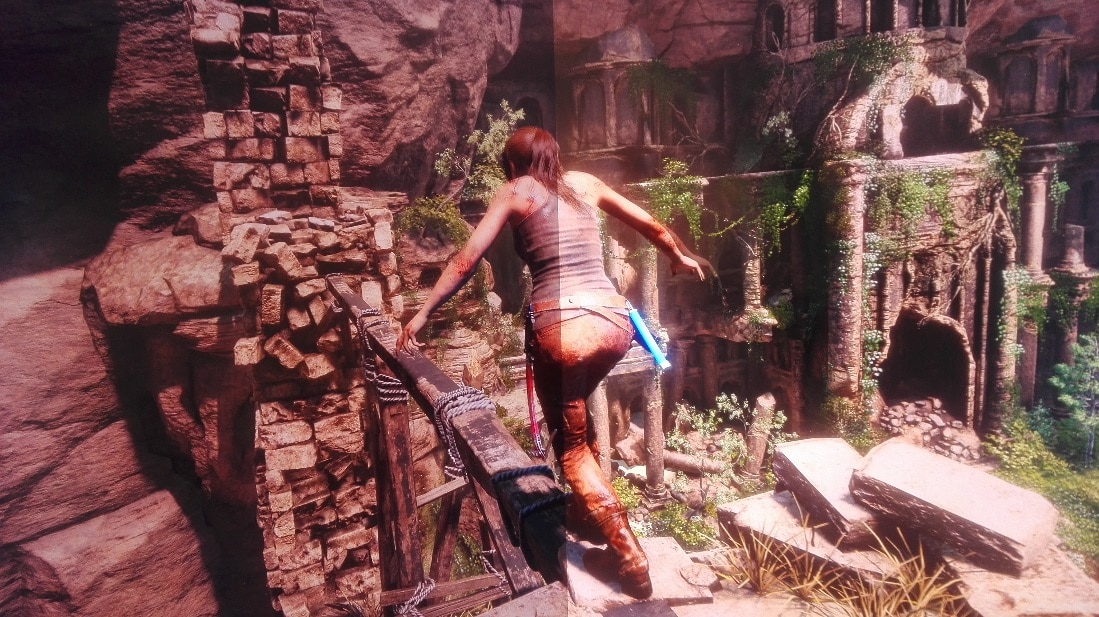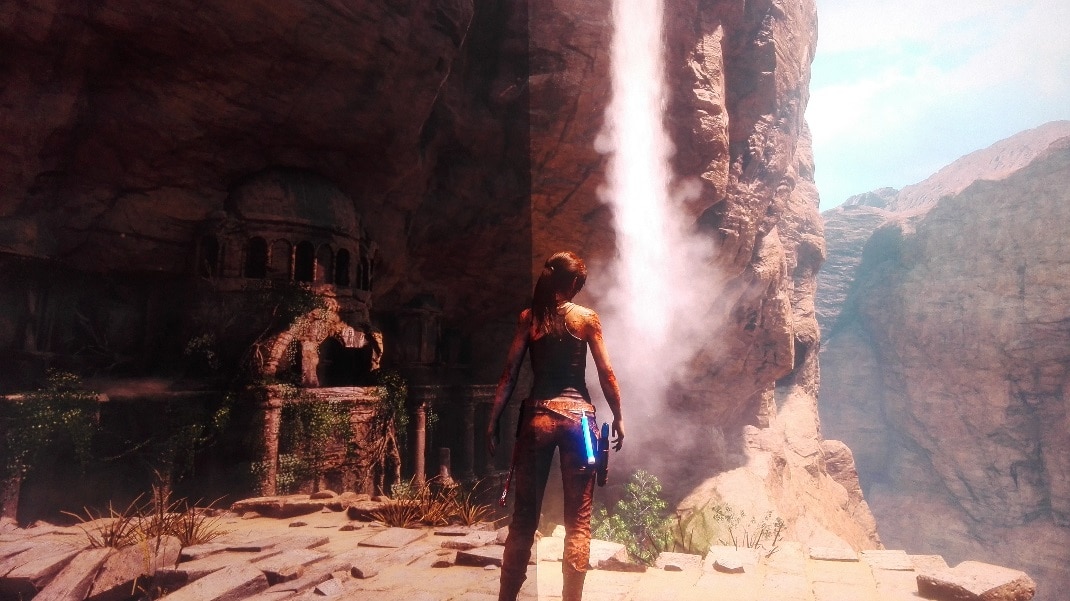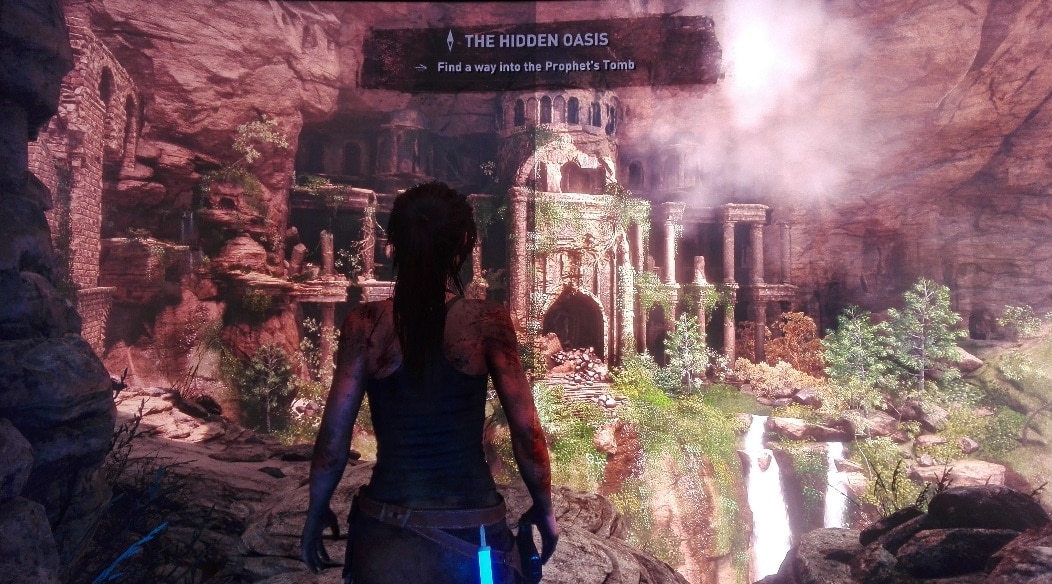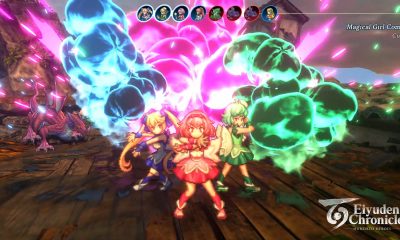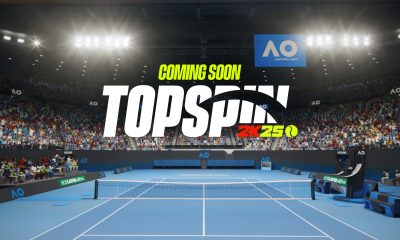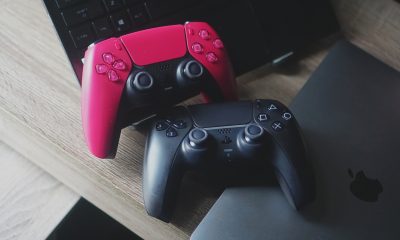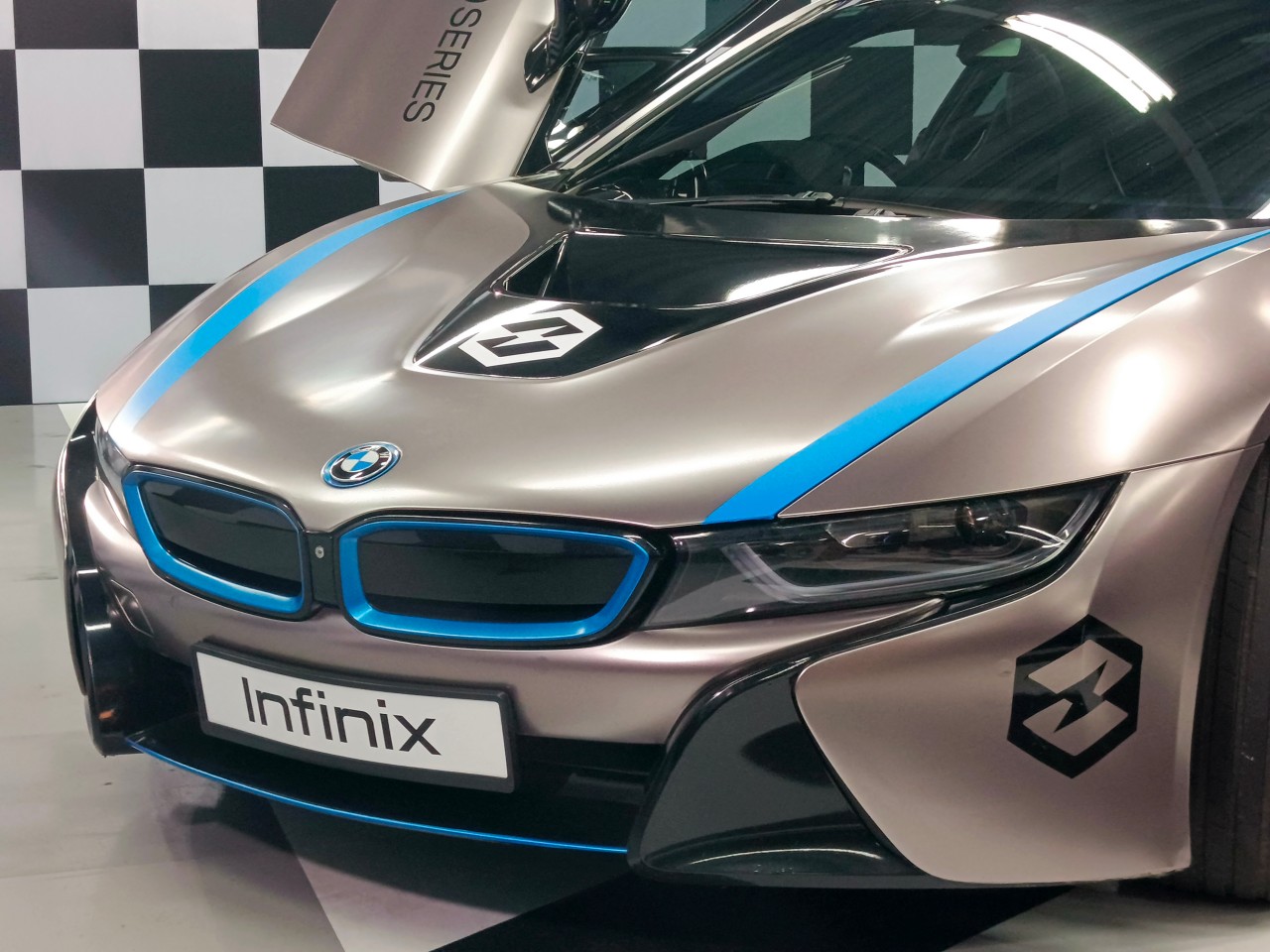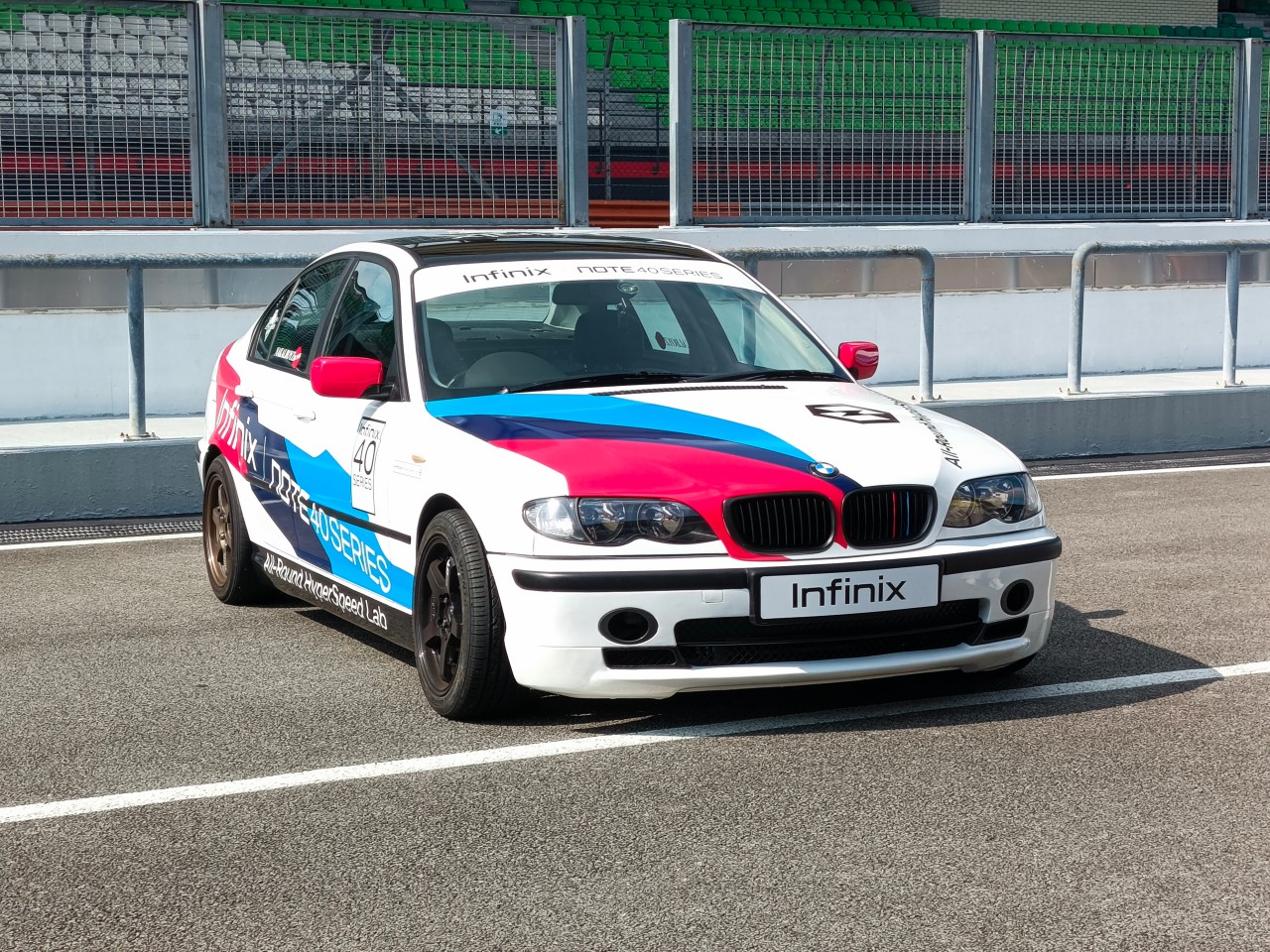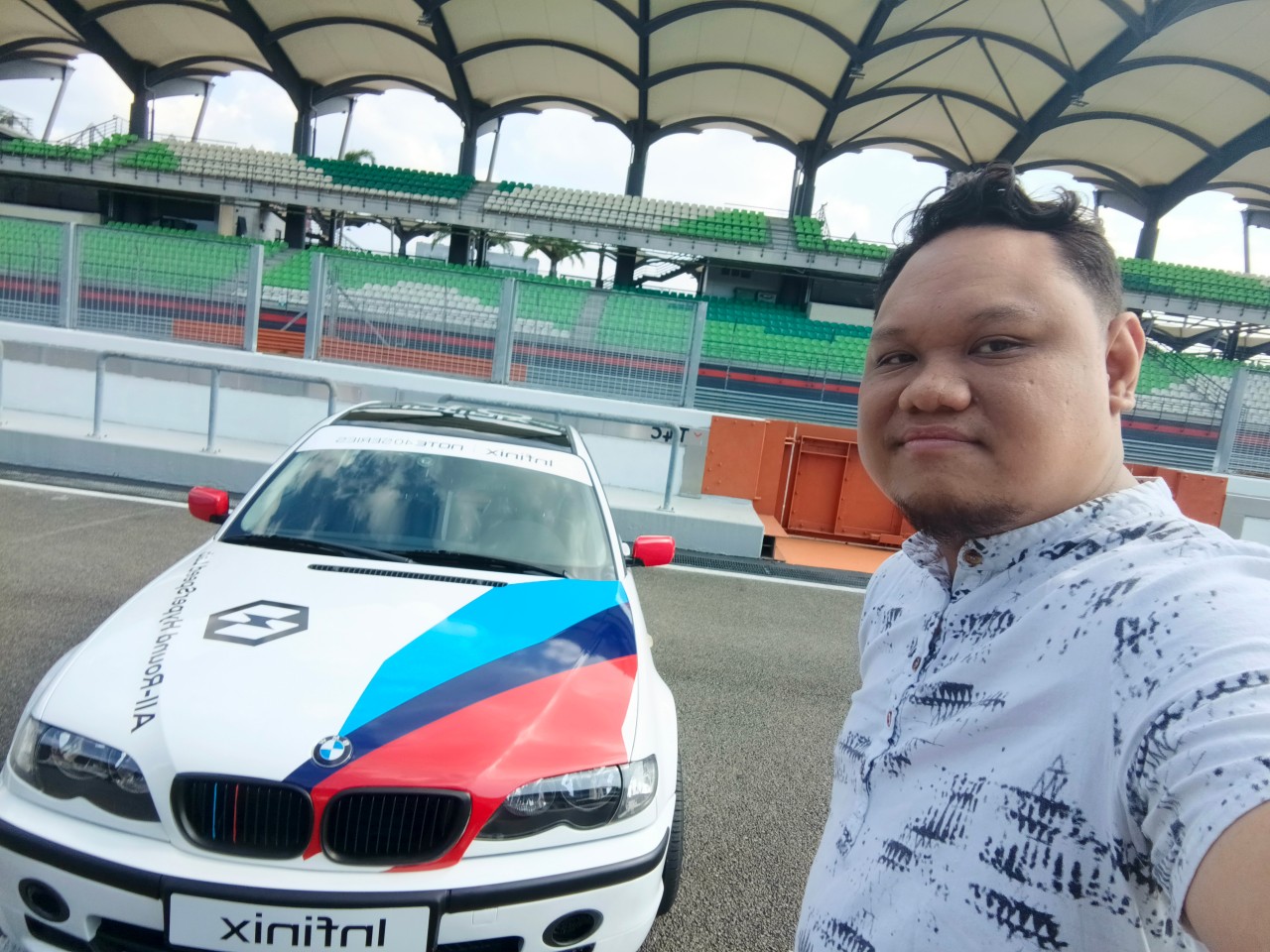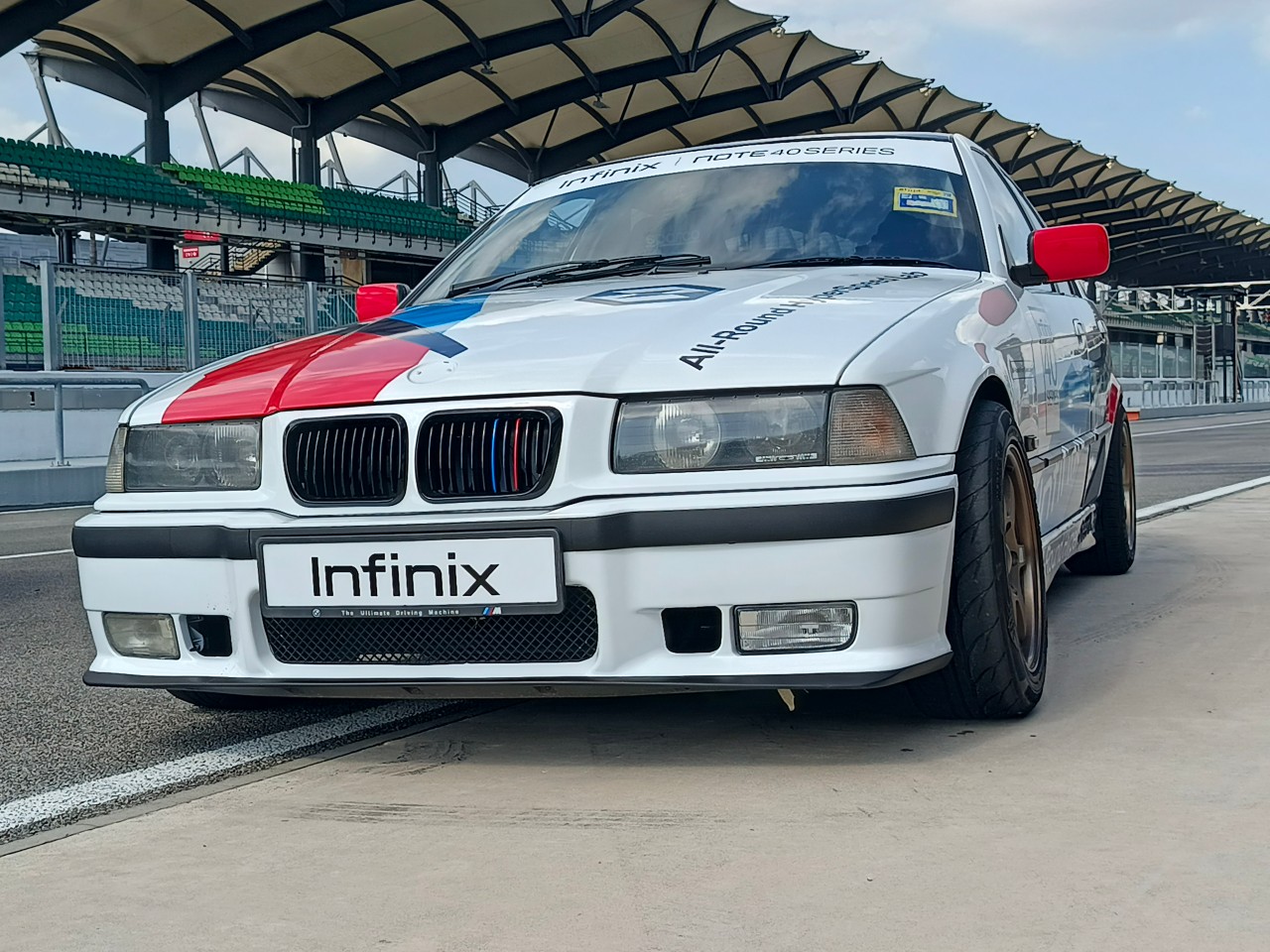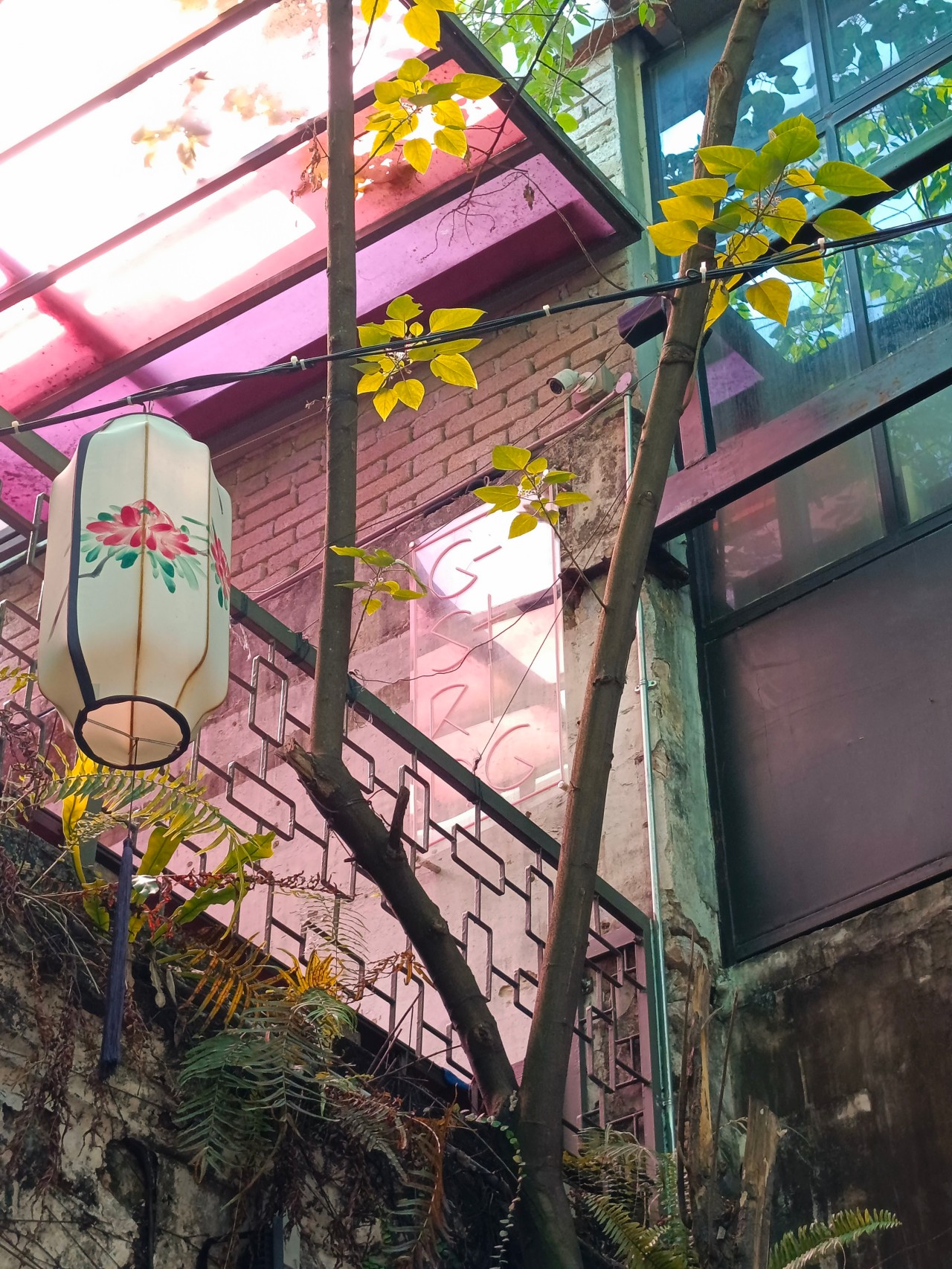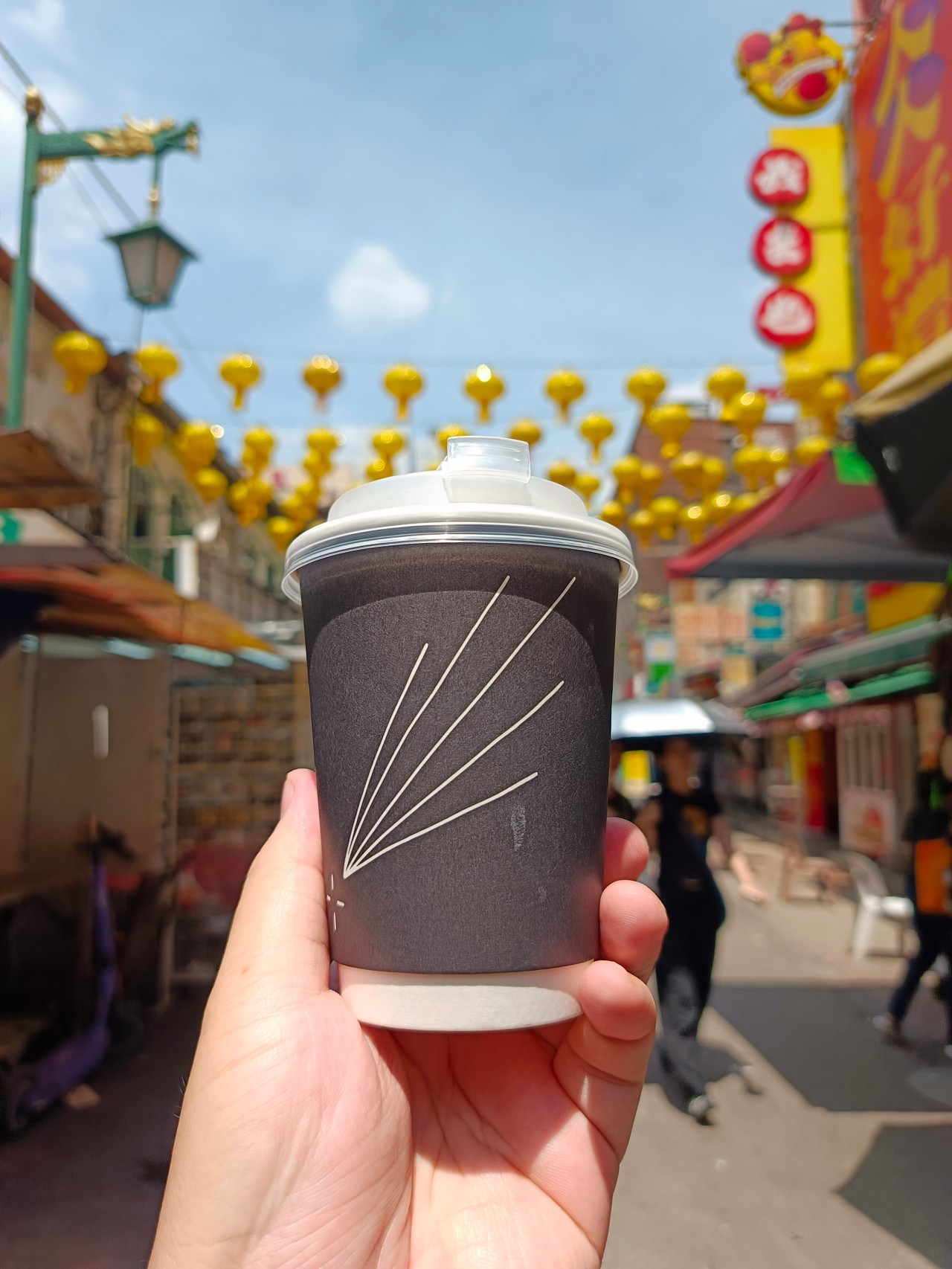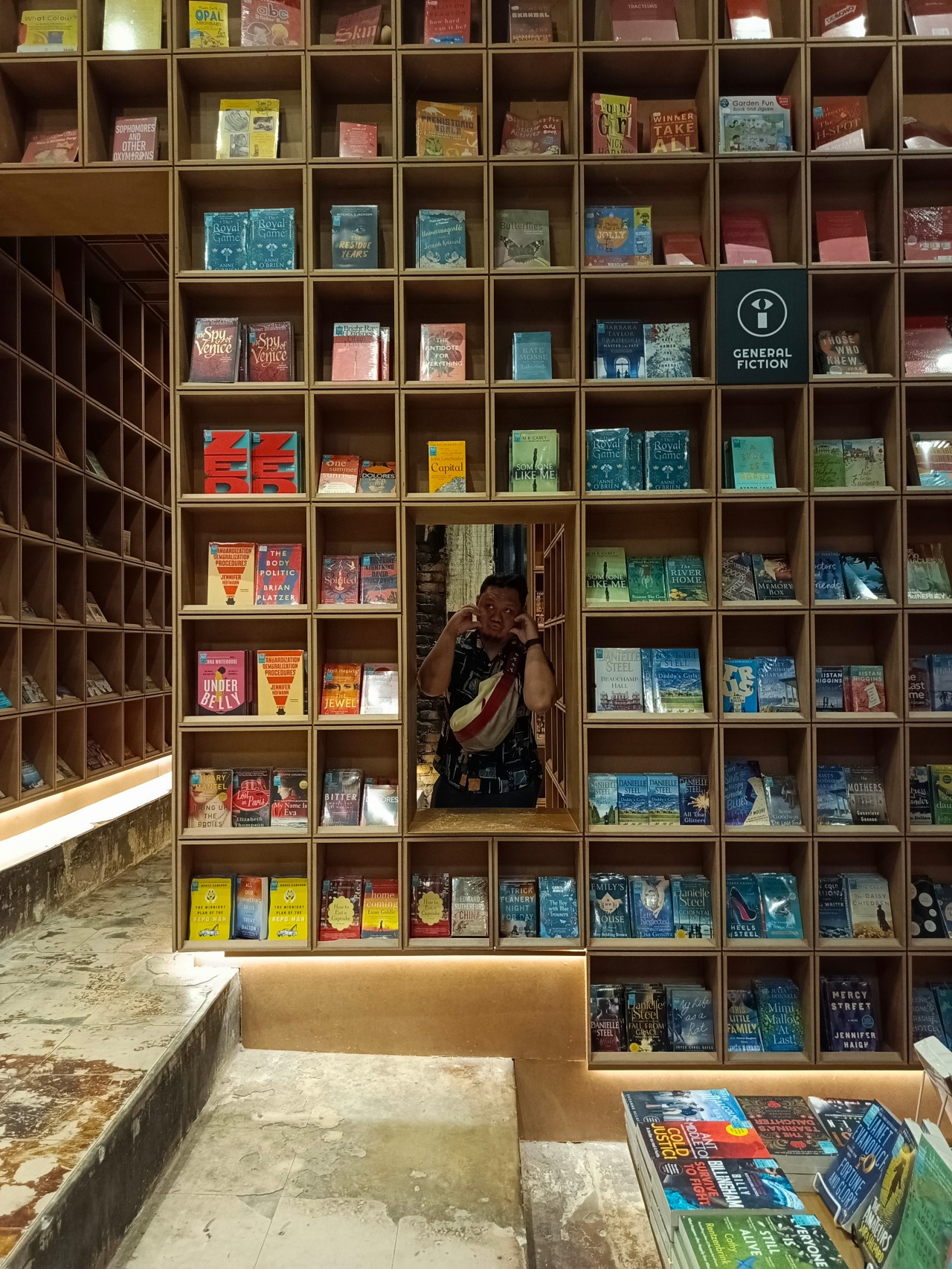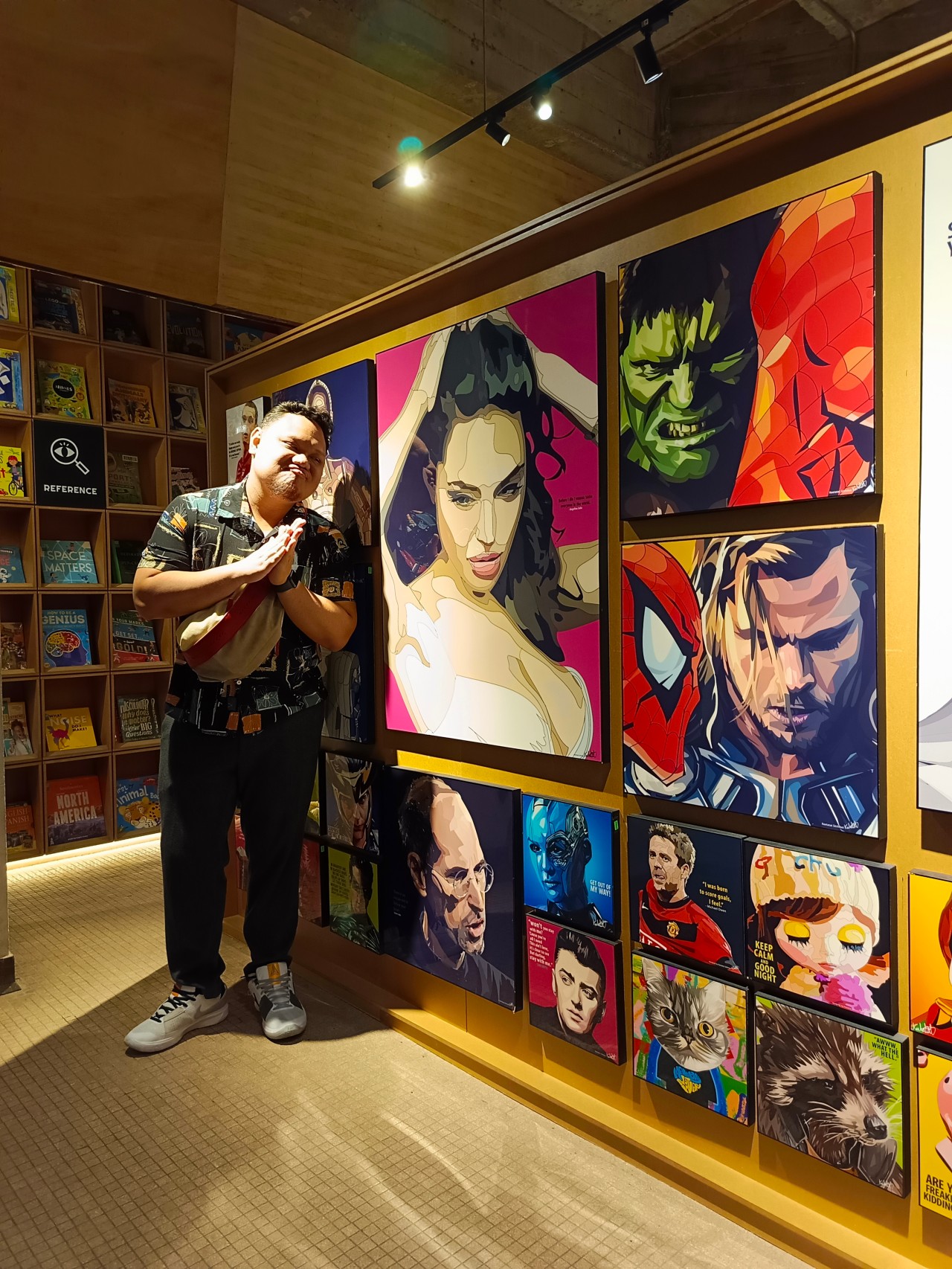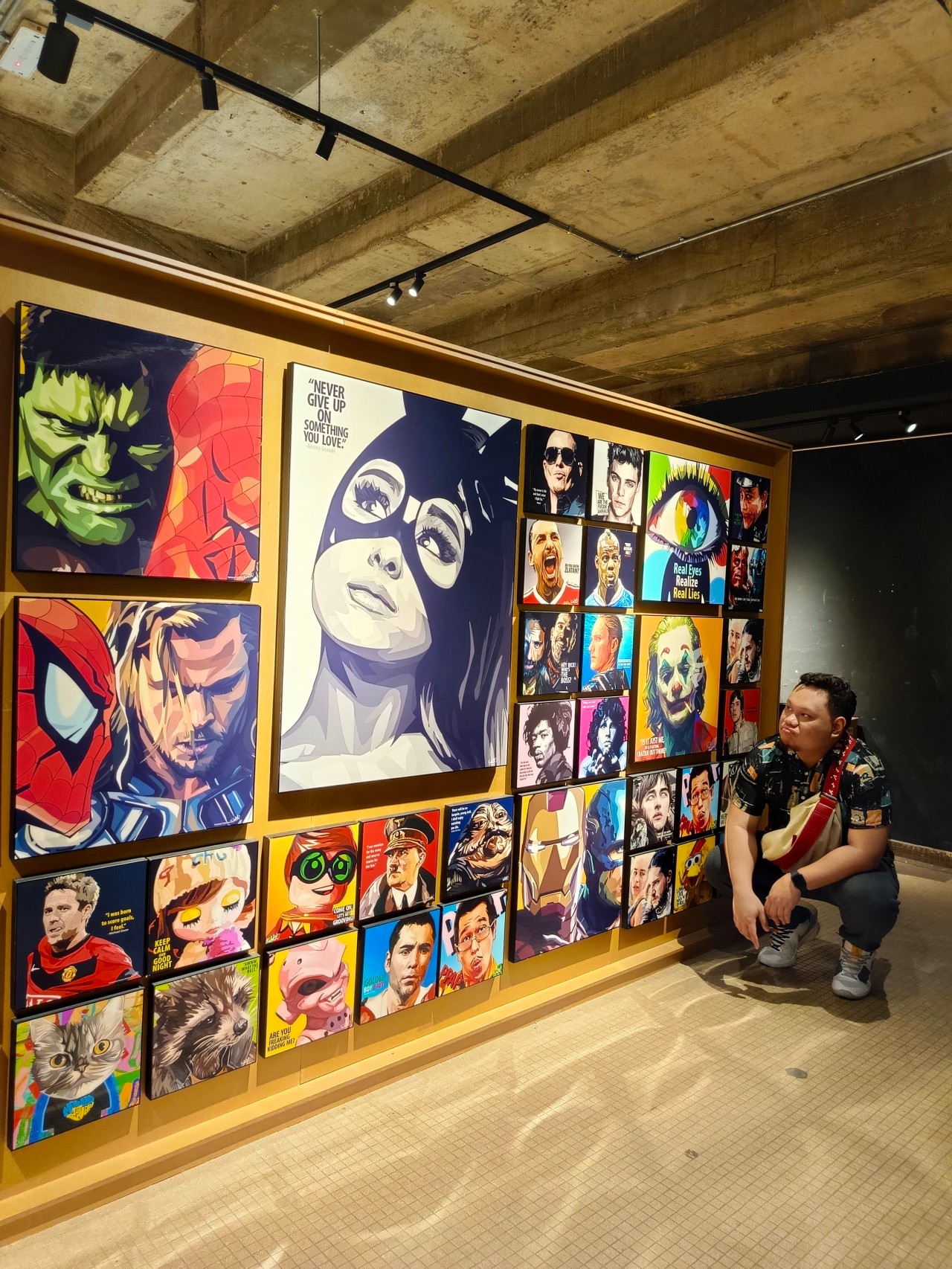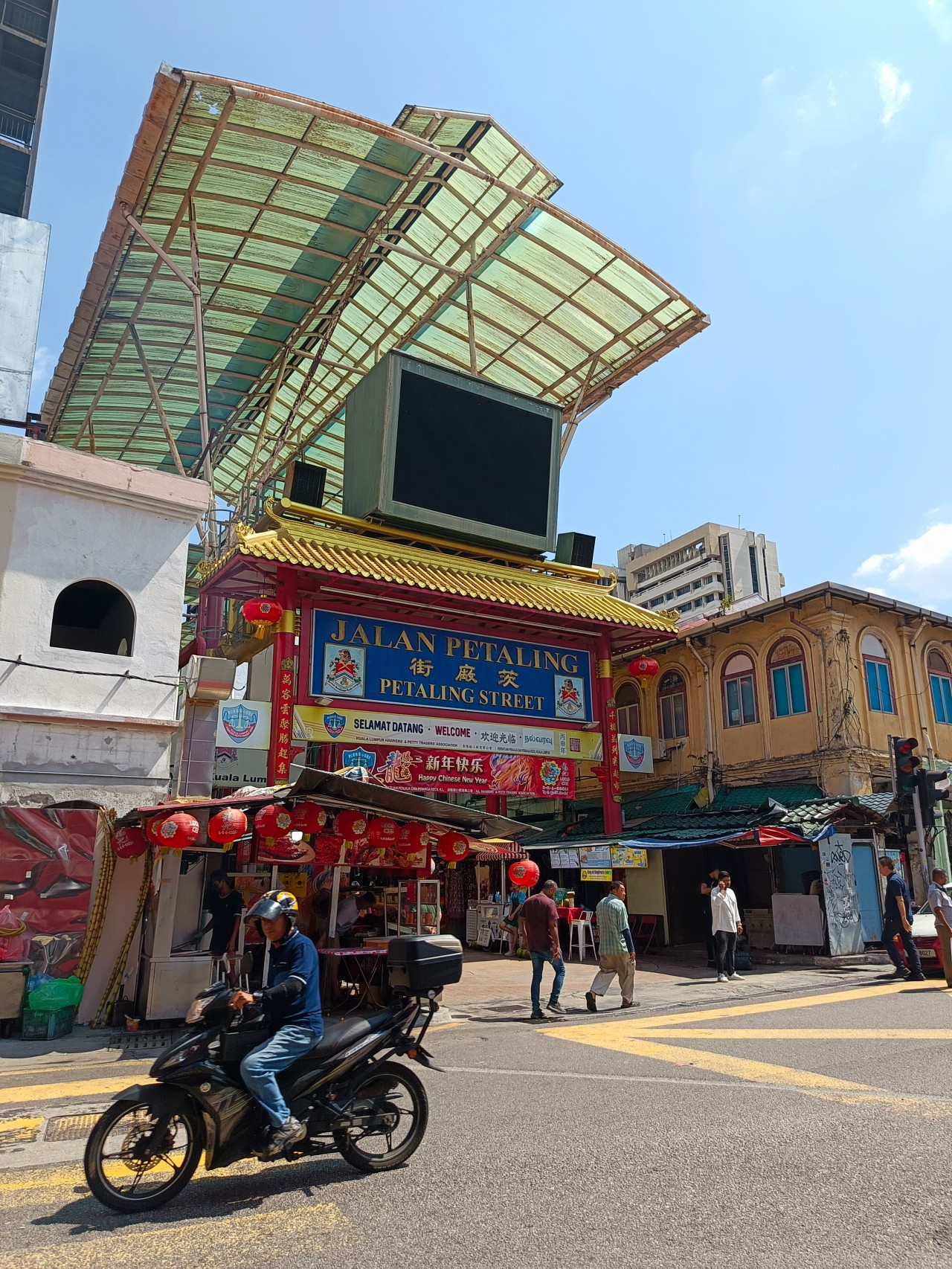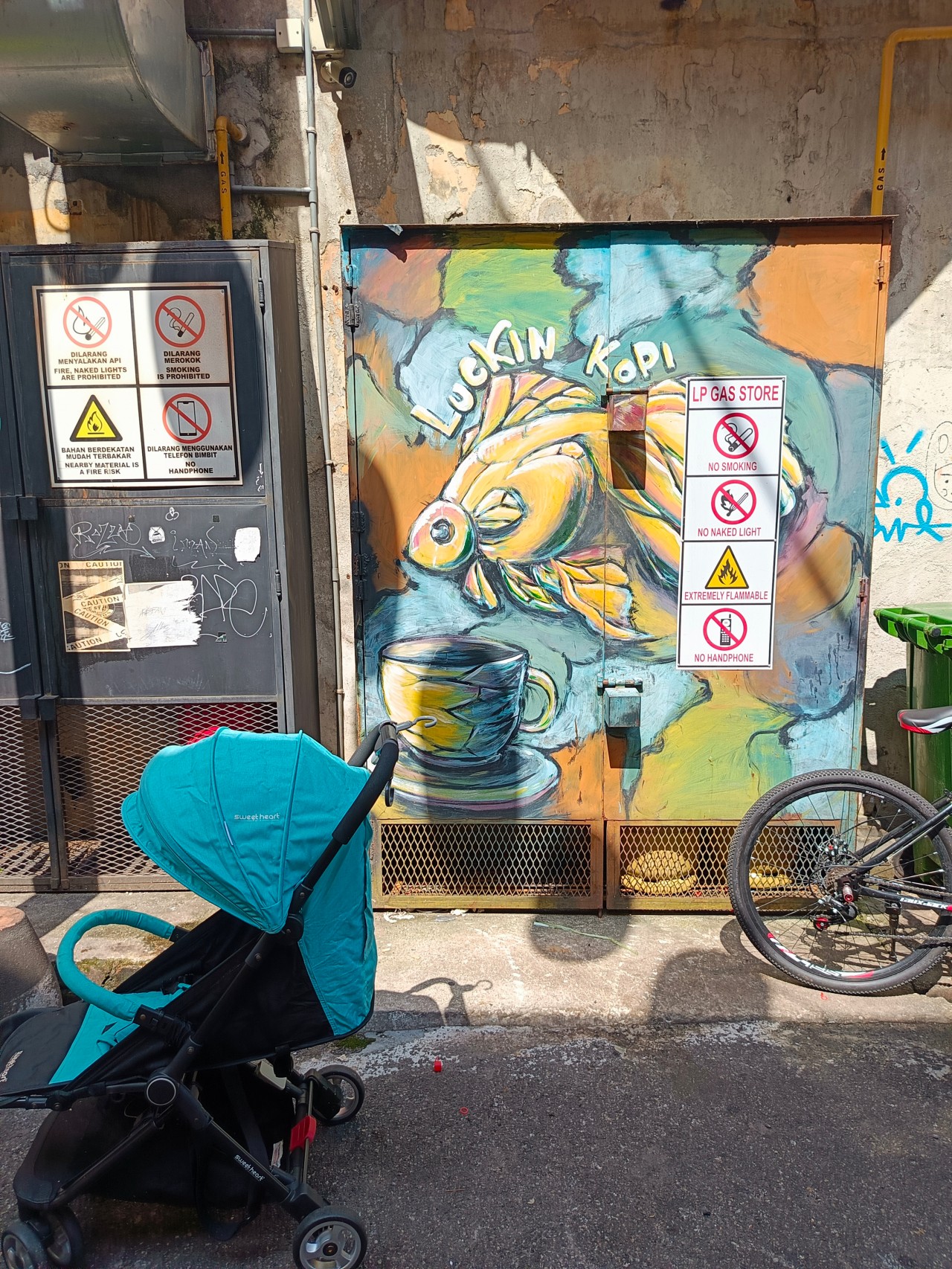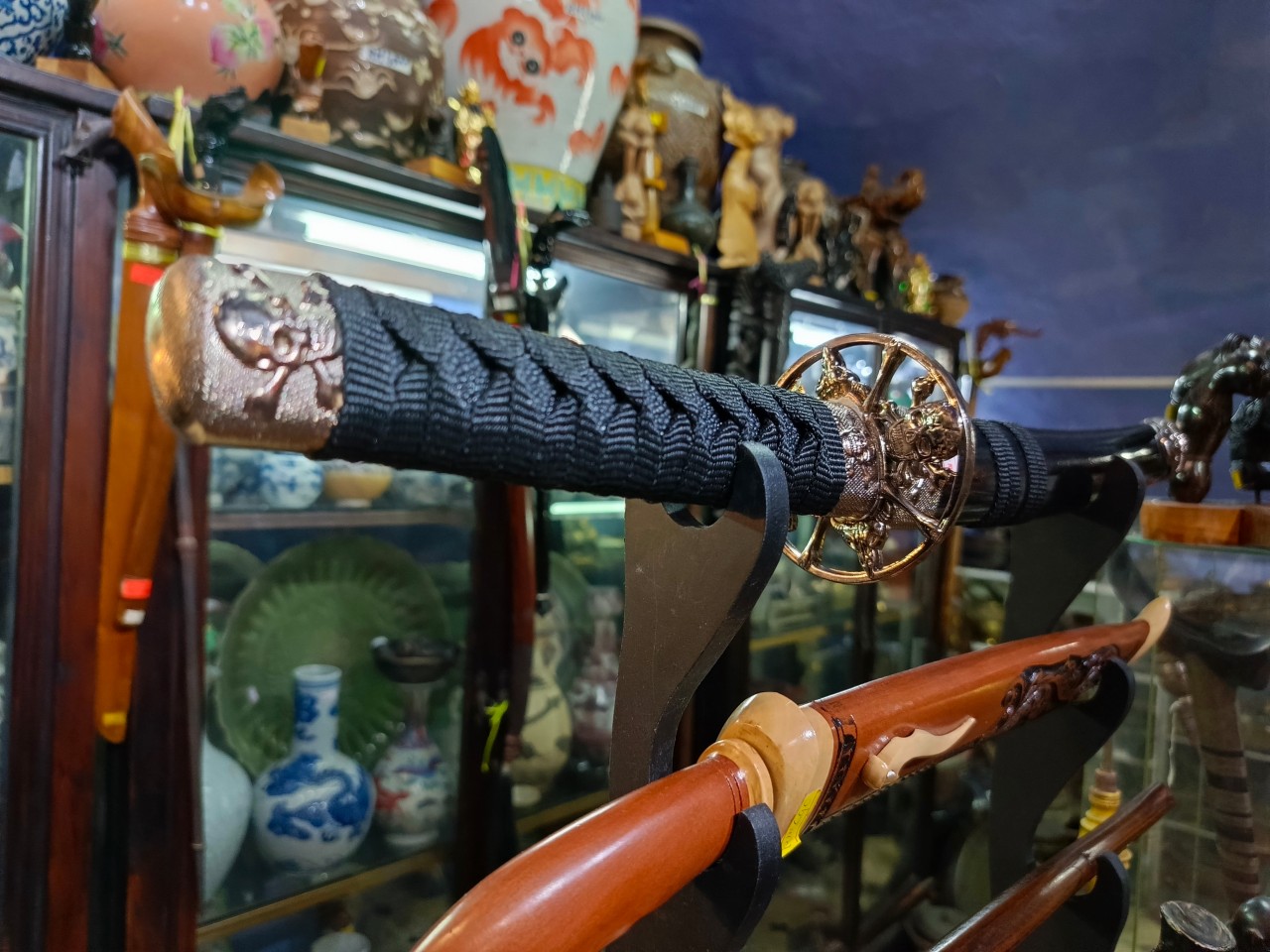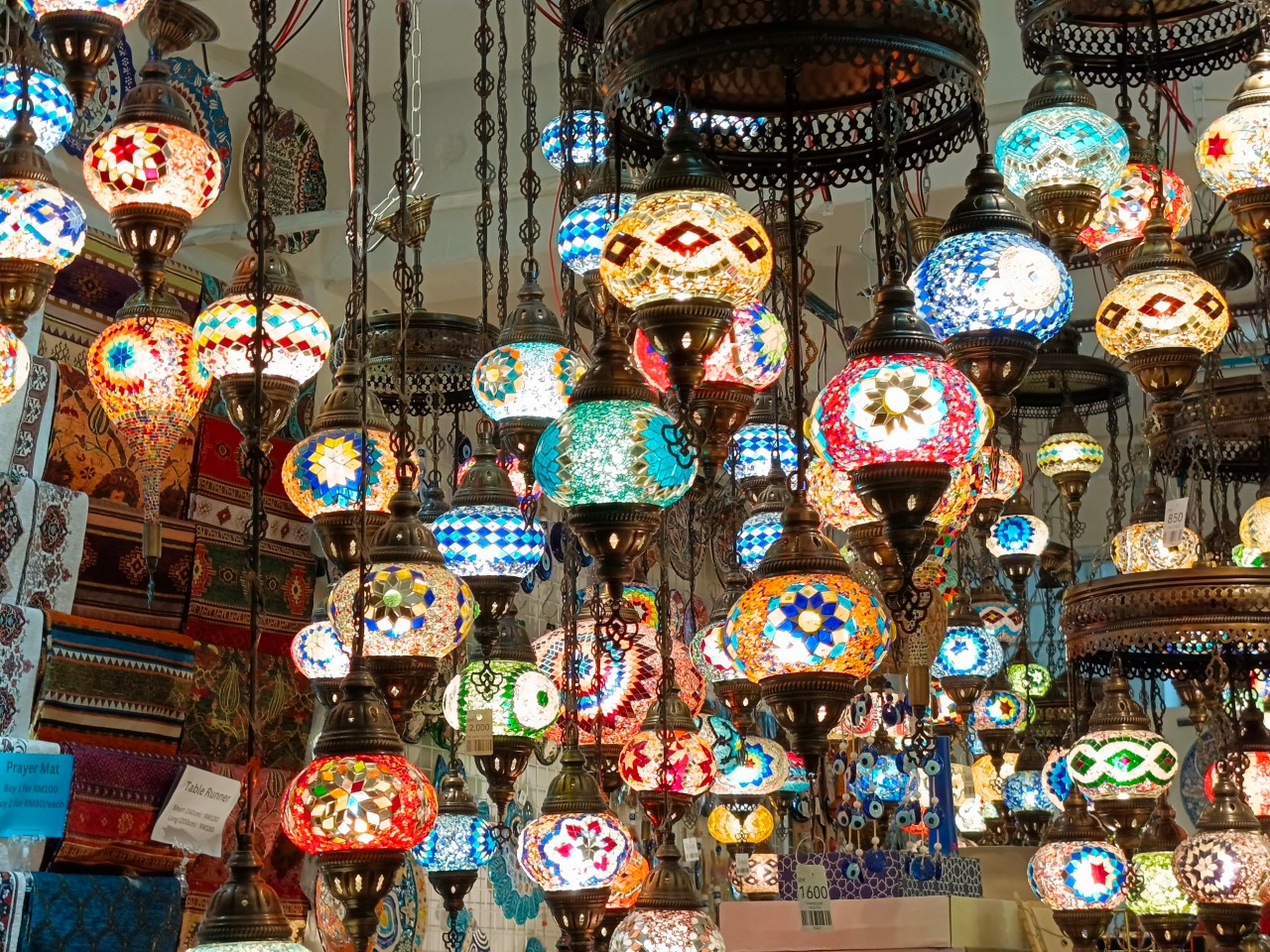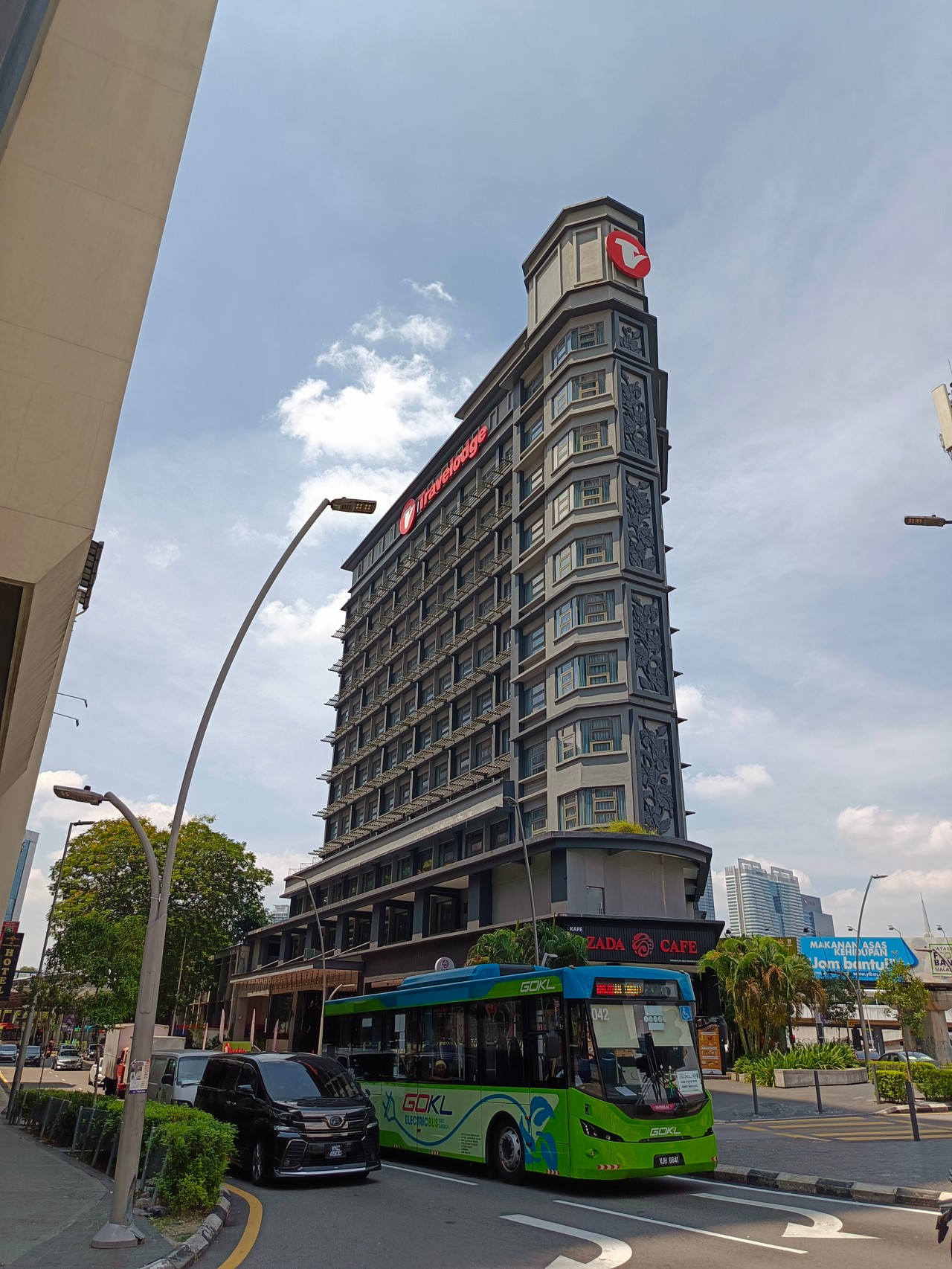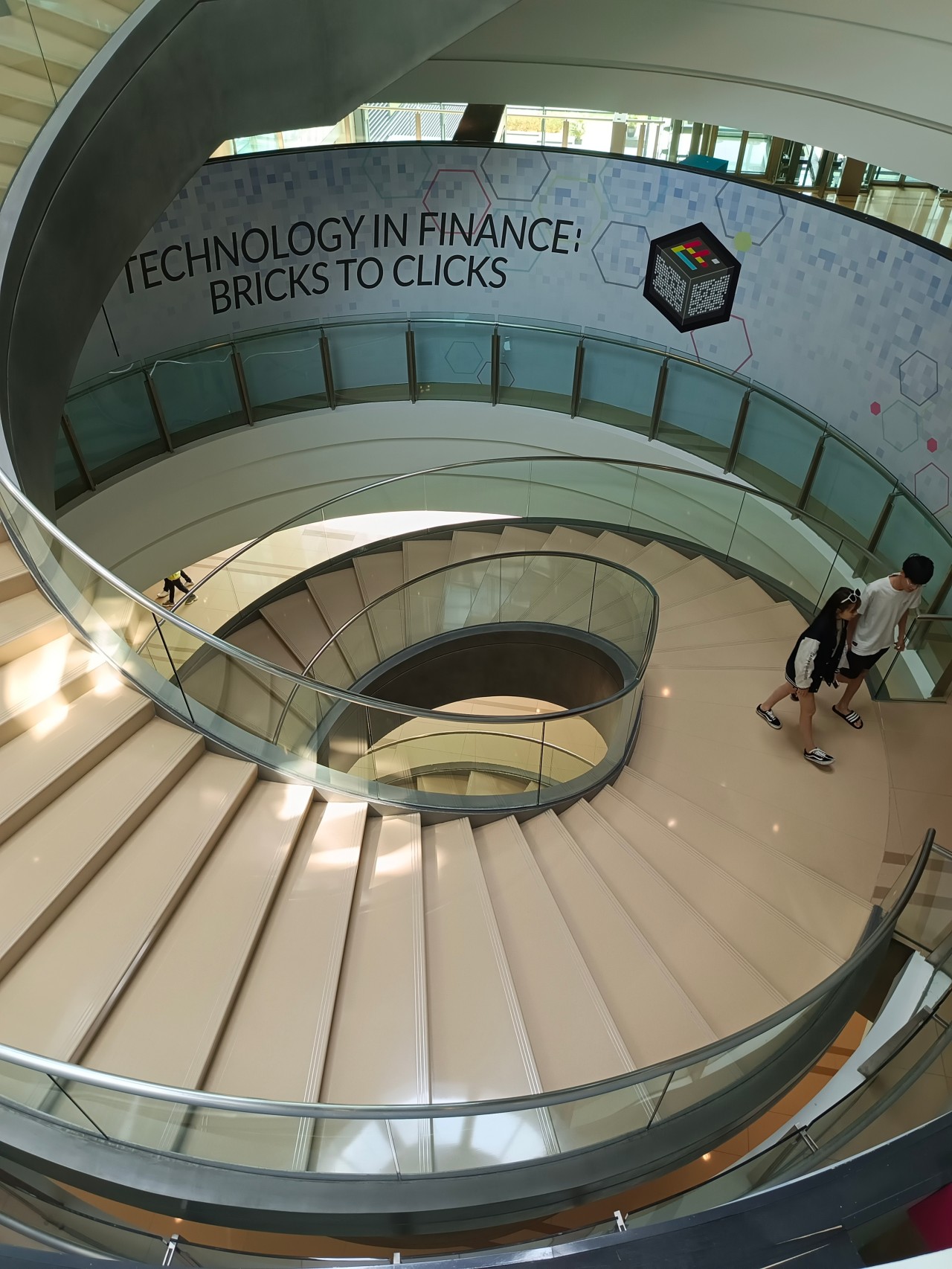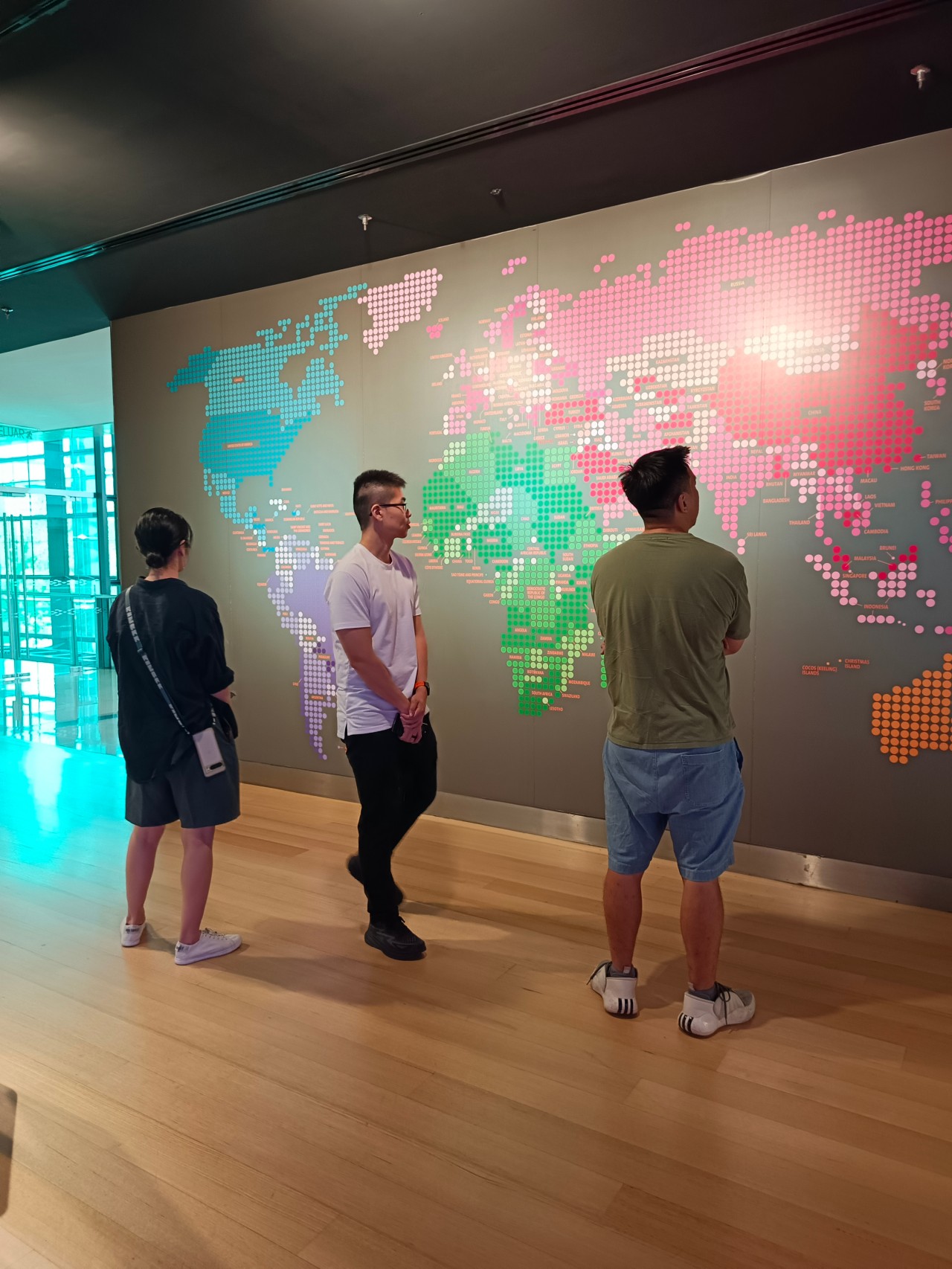Features
Forget 4K: HDR will make games look far better

Back in March, several days after announcing a $30-per-movie 4K HDR streaming service, Sony unveiled a new generation of expensive TV sets in the Philippines that not only promise ultra-sharp visuals, but HDR or high-dynamic-range lighting as well.
I attended the media event, saw the new screens up close and thought to myself, “Now this is the future of gaming.”
To be clear, I wasn’t talking about 4K technology, which has been around for quite a while, and hasn’t taken off the way it once seemed destined to.
There’s plenty of blame to go around, but I always thought the market wasn’t ready to spend a fortune upgrading to a new TV that, given the right circumstances, could make things look sharper than they already were. If you were sitting a few feet away, you probably couldn’t tell where those extra hundreds of dollars went, anyway.
Plus: TVs are like cars; once you get one, you stick with it for as long as you can until it breaks down or slowly crumbles away. But I digress.
I was referring to high-dynamic range, the latest advancement in picture quality buzzword in the industry. Only it’s less marketing gimmick to sell TVs and related hardware and more pushing the needle forward in a way that most consumers will notice, in a way that one can see from across the room.
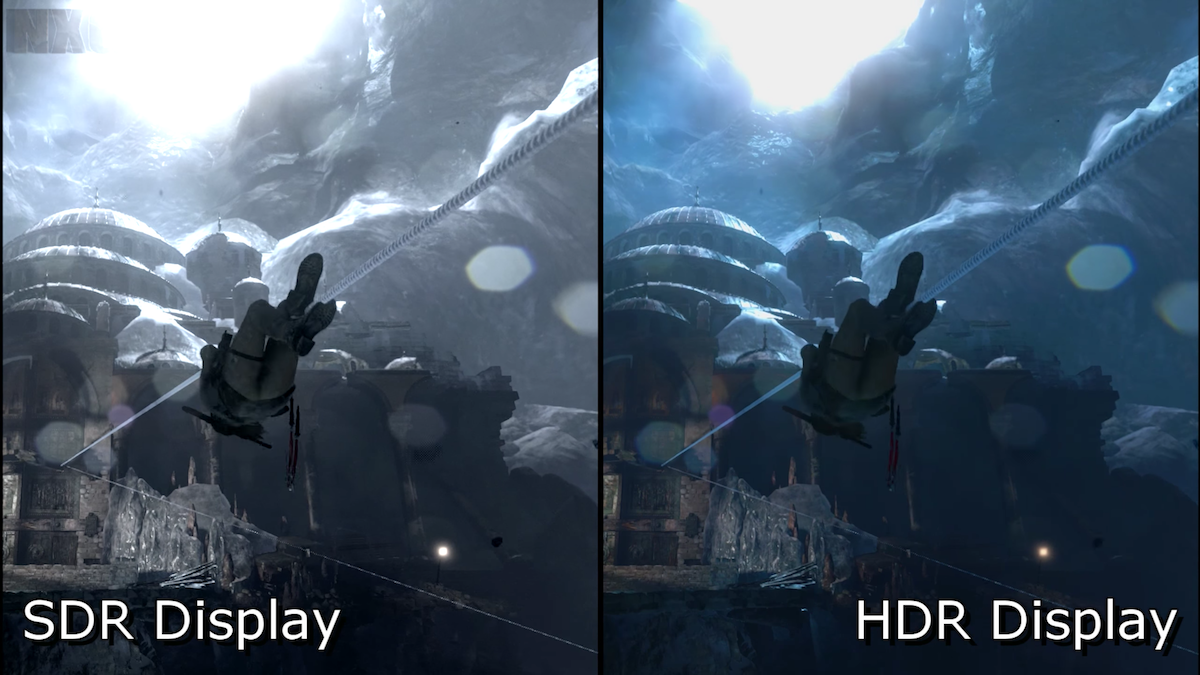
Rise of the Tomb Raider in non-HDR (SDR) and HDR. Image credit: NX Gamer
Remember what it felt like, the butterflies in your stomach, when you first laid eyes on a high-def screen? My initial, if limited, experiences with HDR had that effect on me.
What does high-dynamic range mean for picture quality? Let me get technical here for a second. The technology improves visibility in areas of peak brightness and peak darkness, thus allowing you to see a more nuanced range of whites and blacks. Content can look far more realistic than what’s possible with a non-HDR TV, with colors that seem to jump off the screen. So yeah — better picture quality.
If you ask me, out of all the good reasons to upgrade your existing HDTV, HDR is about as good as it gets, because better — not sharper — images is the sort of technical improvement we can all raise our glasses to. Trust me when I say you’re gonna want to own an HDR TV when you see one.
It gets better still: More HDR (and 4K) content is expected to arrive soon. Not just movies and TV shows, not just offline but online, too.
But I’m more excited about what the technology could do for gaming at large. Luckily, we don’t have to wait too long to find out.
Sony has already released a software update that allows all PlayStation 4 models to support high-dynamic-range color in games, though there are none available at the moment; Microsoft’s Xbox One S has the same feature and one game — NBA 2K17 — that’s encoded in HDR format. A post-launch patch for NBA 2K17 will bring HDR compatibility to the PS4.
Yes, a patch. It turns out adding HDR lighting to games doesn’t require much effort, as some game developers have told Polygon. One developer even said it “had an extremely small impact on development,” which is very encouraging to hear.
Optimizing video games to run at 4K? That’s for another discussion. One that may not be necessary when HDR adoption starts to pick up.
[irp posts=”9240″ name=”Sony launched an incredible 4K HDR OLED TV”]

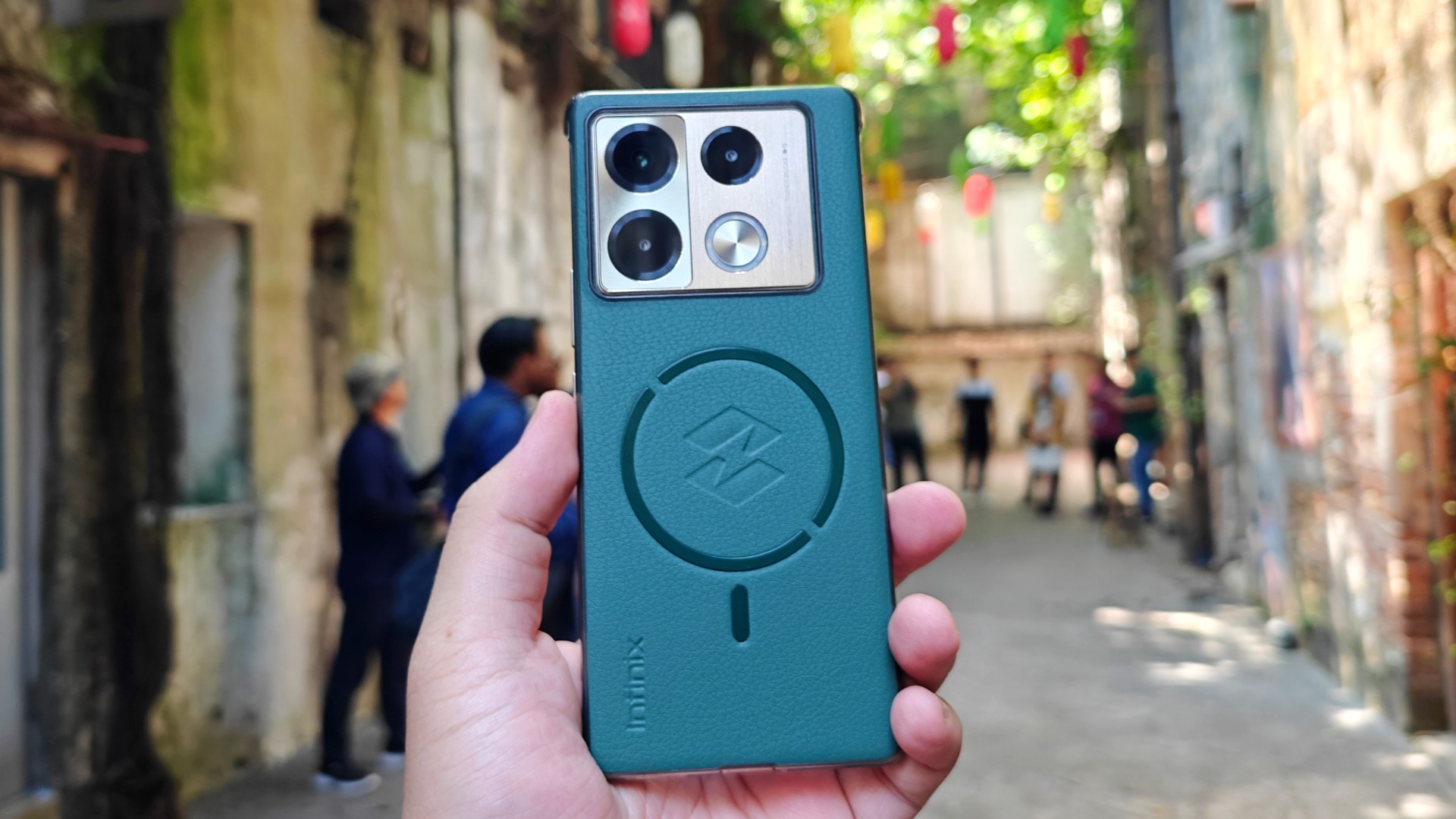
The Infinix Note 40 Pro+ 5G prides itself in its charging technologies. But what about its camera capabilities? Well, here’s a quick round-up of the many photos we took around the time the Note 40 series was launched in Kuala Lumpur Malaysia.
The NOTE 40 Series features a 108MP main shooter with 3x Lossless Superzoom. It also has OIS for steadier shots when taking videos.
The edits applied to the photos here only some resizing and cropping to make the page easier to load. Take a look at all these sample shots
Infinix Note 40 Pro series launch day
Kwai Chai Hong/ ‘Little Ghost Lane’
Petaling Street (Chinatown)
In and around Central Market
Bank Negara Malaysia Museum and Art Gallery
Istana Negara entrance
Merdeka Square
Malaysian Bak Kut Teh and more
Petronas Twin Towers at night
Steady shooter
The Infinix Note 40 Pro+ 5G isn’t a stellar shooter. But at its price point, it’s pretty darn decent for capturing different scenarios. Take these photos into some editing software and you can certainly elevate their look.
The NOTE 40 Pro+ 5G is priced at PhP 13,999. It may be purchased through Infinix’s Lazada, Shopee, and TikTok Shop platforms, where customers can get up to PhP 2,000 off. Additionally, the first 100 buyers can get an S1 smartwatch or XE23 earphones. Alternatively, customers may opt for the Shopee-exclusive NOTE 40 Pro (4G variant) for PhP 10,999.
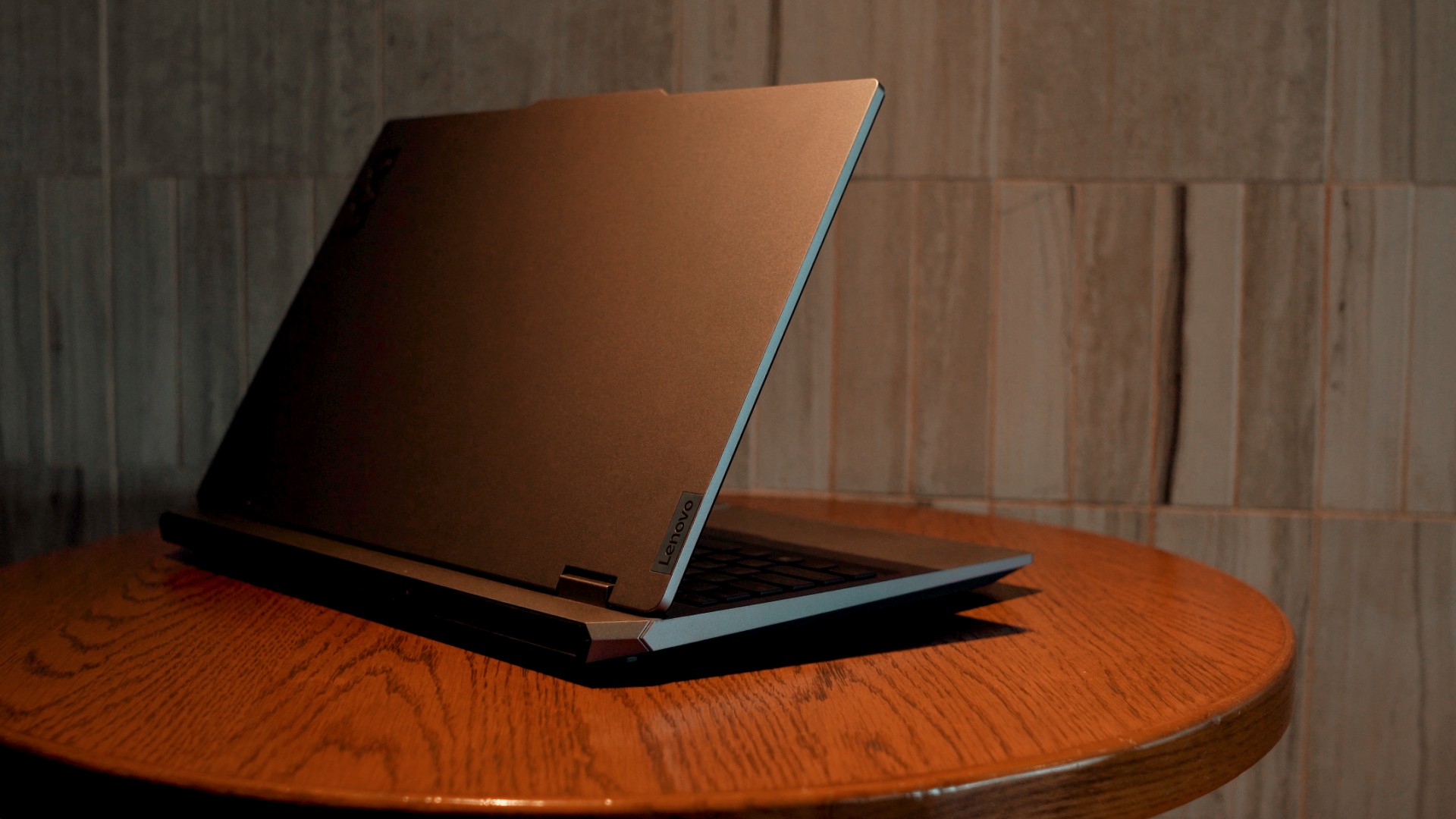
Get your game on with the Lenovo LOQ 2024. This capable laptop is your entry point to PC Gaming and a lot more.
It comes an absolutely affordable price point: PhP 48,995.
You get capable hardware and the hood to support gaming and more. The Lenovo LOQ 15IAX9I runs on the 12th Gen Intel Core i5 processor and Intel Arc Graphics.
Those are key to bringing unreal graphics to this segment. Supporting latest tech like DirectX 12 Ultimate, players are able to enjoy high frame rates on the Lenovo LOQ.
Creating content? It comes with AI Advantage to help boost performance. Engines and accelerators boost the media processing workloads especially for creatives. It also works with Intel’s X Super Machine Learning, Leading to images that are as close to reality.
The laptop supports a configuration of up to 32GB of RAM and 1TB of SSD Storage.
As for its display, the device has a large 15.6-inch, Full HD panel that is more than enough for gaming, video editing, content consumption, and whatever else you do on a laptop. This display has 144Hz refresh rate, 300 nits brightness, and anti-glare.
Videos come out clear, crisp, and realistic. Audio is punchy and as loud as it gets. Windows Sonic elevates it more when you use headphones. And it just takes a few minutes to render HD videos on editing software.
As it runs on Windows 11, if you are going to use it for work, you can take advantage of various features. The Lenovo Vantage Widget is there for constant reminders, Copilot will help you organize your tasks, and Microsoft Edge is there for casual browsing.
There is an assortment of ports at the back for easy connectivity. And as this is meant for gaming, we put it to the test. Racing that looks better with high frame rate? Check. Shooting titles that require heavy work? Not a problem. You can play all your favorites and not worry about performance.
Best of all, it takes less than an our to juice up this laptop all the way to 100%.
So, whether you’re looking to get started with PC Gaming, or an upgrade for work and entertainment needs, the Lenovo LOQ has you covered.
This feature is a collaboration between GadgetMatch and Lenovo Philippines.

With all the options available in the market, shopping for TVs can get overwhelming.
One brand Michael Josh recommends whenever someone asks? It’s none other than Samsung.
They have TVs for every price point and every feature a user might prioritize.
But which one is right for you?
Keep watching our 2024 Buyer’s Guide to find out the latest Samsung TV that best matches your needs.
-

 Events2 weeks ago
Events2 weeks agoStellar Blade: PlayStation taps cosplayers to play Eve for game’s launch
-

 Features1 week ago
Features1 week agoFortify your home office or business setup with these devices
-
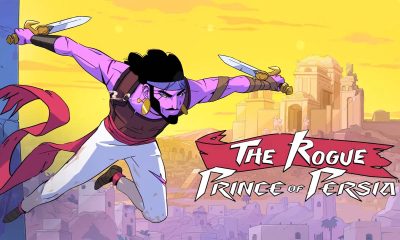
 Gaming2 weeks ago
Gaming2 weeks agoThe Rogue Prince of Persia looks like an ultra-colorful roguelite
-

 Accessories2 weeks ago
Accessories2 weeks agoLogitech unveils G Pro X 60 gaming keyboard: Price, details
-

 Reviews1 week ago
Reviews1 week agorealme 12+ 5G review: One month later
-

 Gaming2 weeks ago
Gaming2 weeks agoLenovo confirms development of a Legion Go 2
-
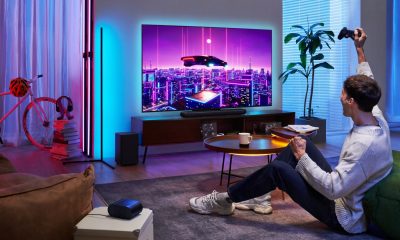
 Deals2 weeks ago
Deals2 weeks agoTCL P635 TV: Big savings for TCL’s anniversary
-
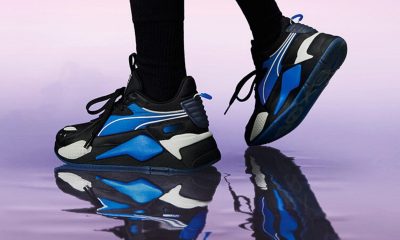
 Gaming1 week ago
Gaming1 week agoNew PUMA collection lets you wear PlayStation’s iconic symbols

